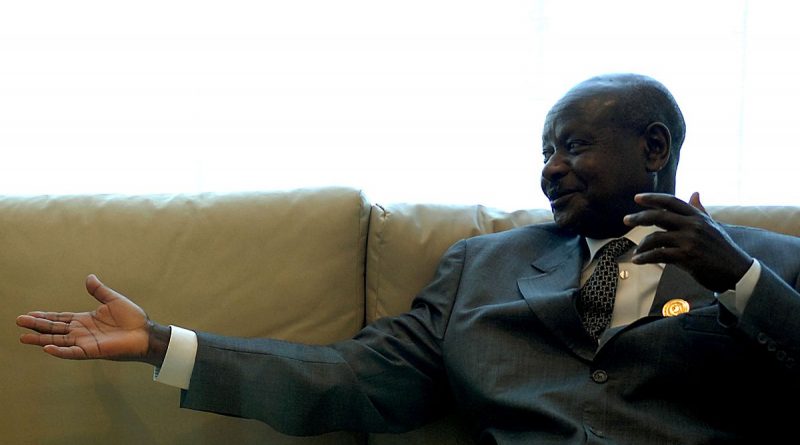Stability, Infrastructure Projects, and Transport Corridors: Another Face of Neocolonial Order?
In recent years the governments in East Africa and the Horn have been particularly industrious in their attempt to promote an image of a politically stabilizing region in which major armed violence and large-scale civil wars are a thing of the past. The 2005 Comprehensive Peace Agreement in Sudan, which led to the eventual independence of South Sudan in 2011, the Ethiopian and Ugandan governments’ attempts to portray stability while obscuring their attempts to curb opposition, and the Tanzanian President’s recent efforts to reduce corruption to show that Tanzania is a good place for business, are just some examples of the attempts to demonstrate that the region is politically stable and ready for unprecedented level of foreign investment.
The apparent success in providing this image of stability has attracted immense funding and financial resources aimed largely at exploiting the region’s rich natural endowments, food production capacity, and its inexpensive labor. It has also allowed a number of colossal infrastructure projects currently underway, including Ethiopia’s Renaissance Dam and East African transport corridor, seeking to boost energy production and logistical capacity, largely for expanding markets, trade, and export of raw materials and agricultural production. Macroeconomic growth rate of the countries in the region has remained generally high, but this has not translated into significant improvement of life conditions for the vast majority of the population, large part of which remains among the World’s poorest.
Who then benefits from the infrastructure projects, macroeconomic growth, and expansion of markets and exports?
There is no question that the narrow top business and interconnected political elites, and their most immediate constituencies, are on the winning side. However, the projects, especially the elaborate transport corridors, are oriented towards extraction and transport of natural resources and produce for export, and are likely most beneficial to those seeking to obtain resources for their use or consumption in the exterior. The productive processes, or energy consumption, for which these resources are needed, continue to be primarily located in more developed countries which have elaborate industrial sectors and production facilities for manufacturing parts or finished goods, and associated high energy needs.
Although one can argue that wealth in East Africa and the Horn has trickled from the elites downwards to allow the formation of upper middle classes, the disparity remains extremely high. This, to an extent, reflects the continuity of what one might still consider a neocolonial order in which national elites collaborate with external actors in order to maintain political and economic power. In exchange for endorsement and resources they maintain stability that allows the external actors to engage in effective resource extraction. One might wonder, how sustainable is this order of things in the long run?
Ugandan President Yoweri Kaguta Museveni. Photo by US federal government / public domain
![]() This work is licensed under a Creative Commons Attribution-NonCommercial-ShareAlike 4.0 International License.
This work is licensed under a Creative Commons Attribution-NonCommercial-ShareAlike 4.0 International License.




